I read at least ten books of fiction for every work of non-fiction, but I recently read Patricia Hampl’s memoir The Art of the Wasted Day. In it, she wrote about 14th Century philosopher Michel de Montaigne’s essay about falling off a horse. Montaigne sometimes is considered the father of the personal essay as a literary form, and Hampl described the fall as a ‘conversion moment’ in the history of writing. She wrote, “In being knocked off his horse, he experienced the doubleness necessary to empower personally voiced writing. He experienced the fall – but he also observed the fall. Both. In separate, but related strands of consciousness he experienced and he saw the experience.”
As a nature writer, it would have been reasonable for me to incorporate Hampl’s insights about Montaigne into my writing, but instead, it was the educator in me who took notice. Engaging in an experience and simultaneously observing the experience is exactly what I’ve been asking my students to do in over thirty years of teaching experientially, but I’d never considered the two acts separate. I’d always thought of them as a single linear act – action followed by reflection followed by more action followed by more reflection. Hampl’s notion of separate, yet related strands actually makes more sense, but it also makes it more difficult. It is multitasking, meaning full attention is given to nothing. No wonder that students sometimes are unable to speak beyond clichés when asked to explain their observations. When students are truly engaged in the task at a hand, they don’t have the reserve brain power to also observe. That Montaigne rode a horse and was equally busy observing himself ride a horse probably explains why he fell off in the first place.

Recent Comments